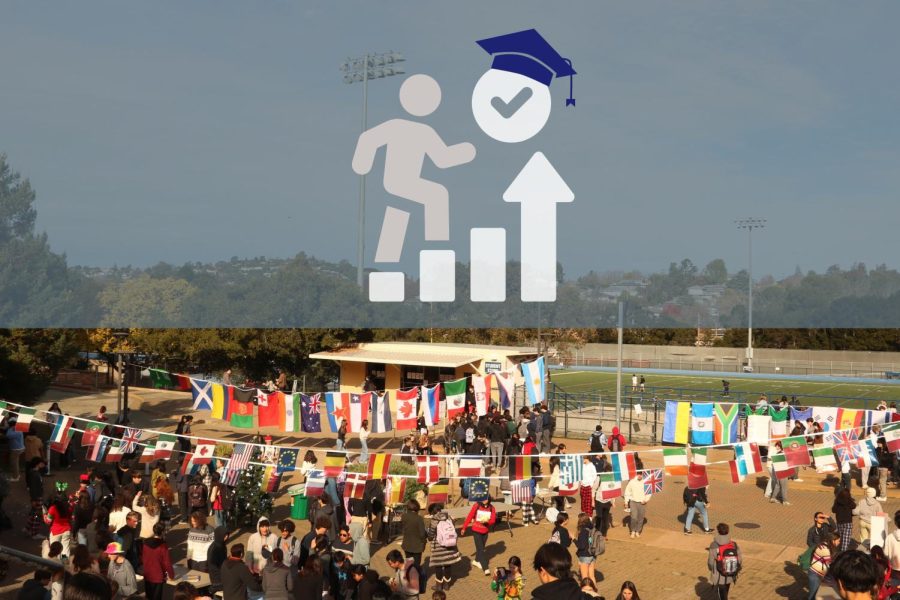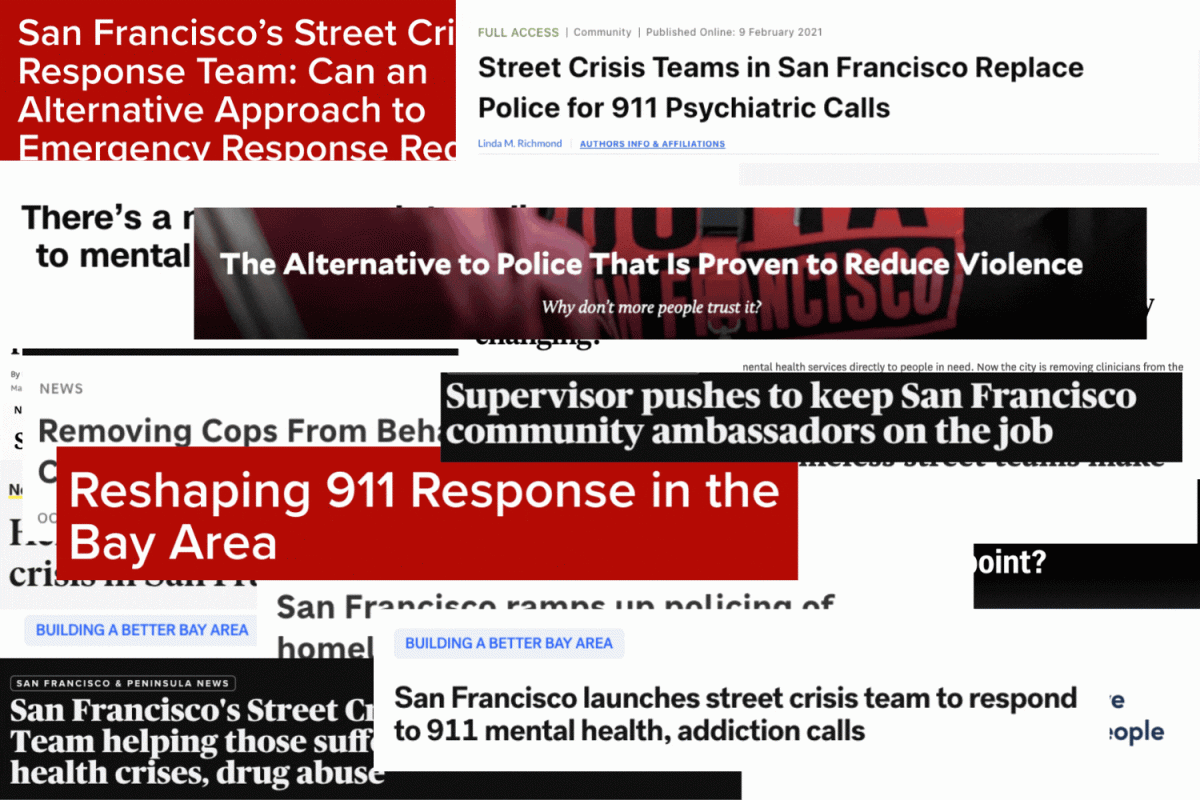Depending on where students go to school, they might spend most of their time with classmates that look just like them.
In the 2021-22 school year, about 49% of Carlmont students were white, according to the National Center for Education Statistics (NCES). In high schools across the country, of 49.4 million public school students, about 46% were white, according to the NCES.
Communities identified by the U.S. Census Bureau in 2020 as coastline regions were more diverse than that farther inland. However, other areas are less fortunate in having such diversity than schools like Carlmont, which is in the coastal Bay Area Peninsula.
“I think that there is a good amount of diversity at Carlmont. It’s not perfect, but I think it’s better than a lot of other places,” said Katherine Yu, Carlmont’s Chinese Culture Club president. “I’ve never felt excluded or anything like that due to my race, and my friends are of pretty diverse backgrounds.”
Even so, over time, fewer students are bussed in from East Palo Alto, which has changed the amount of diversity at Carlmont. Notably, some of the previous racial tensions at Carlmont have been traded for more homogeneity and an obvious disparity in the school’s racial composition.
At Carlmont, many students have the general idea that diversity is good without really knowing why.
Ethnic studies classes, which are now mandatory for all freshmen, instruct that diversity is essential and that it is a privilege. Still, many students need help seeing the precise reasoning behind why they should value going to a school with a diverse community.
With many new controversies surrounding affirmative action and diversity-conscious admissions to schools, it is essential to understand the actual benefits of diversity in schooling.
Rev. Dr. Amos C. Brown, a civil rights leader mentored by Martin Luther King Jr., and the leader of the San Francisco Branch of the National Association for the Advancement of Colored People (NAACP), explained why diversity is essential.
“Diversity does not mean deficiency. If anything, it enriches us. It means productivity,” Brown said.
“Diversity and Higher Education: Theory and Impact on Educational Outcomes,” a study by professors at the University of Michigan in 2002, found that students’ learning improved significantly when they had informal interactions with peers of other racial groups.
“Genuine interaction goes far beyond mere contact and includes learning about differences in background, experience, and perspectives, as well as getting to know one another individually in an intimate enough way to discern common goals and personal qualities. In this kind of interaction — in and out of the classroom — diverse peers will learn from each other,” the study reads.
The privilege of learning from classmates of different backgrounds and experiences deepens the impact of education on students.
“It’s important to have diversity on campus, as it teaches kids to be more accepting of other cultures,” said Ryan Jocson, the Carlmont Filipino Culture Club president. “I know most students are already pretty inclusive to all students because of our location, but I think it’s important that we still have a vast diversity of students, so it allows for the collaboration of all people.”
With diversity, traditional education is “intended to break down the narrow certainties and provincial vision with which we are born,” according to the Association of American Colleges and Universities.
Essentially, a student’s educational experience in a diverse school significantly changes the student’s perspective.
“Without diversity, it is easy to unknowingly get stuck in a bubble where everyone thinks the same and you aren’t challenged to understand other viewpoints,” Yu said.
In some instances, issues with discrimination and diversity at Carlmont or other environments are not well-known, especially when most students do not face them.
“There is obviously racism at Carlmont. There’s racism everywhere,” said sophomore Brandon Chatterjee.
While he didn’t notice any teachers having a racial bias in the classroom, Chatterjee mentioned that many students make jokes that others could take as offensive.
“Some people make jokes about racist stuff. I don’t really care, honestly, because depending on how much I know them, I know that they’re joking. But somebody else could take offense by it,” Chatterjee said.
Chatterjee believes that racial discrimination has been normalized as American society has become more diverse.
“I think that people started to think that since Black people, Asians, Latin Americans, and people of other cultures have started to become more integrated into society, they think that we are all equal and everything, but the thing is, we’re still not,” Chatterjee said.
This is only one part of the diversity-related issues that students face as a part of their education.
Arthur Mitchell, the head of the STEM Equity Alliance, and an expert on diversity and equity in education, also mentioned that imposter syndrome affects students immensely.
Imposter syndrome occurs when people feel like they don’t belong and are not as qualified as others—in other words, they fear that they will be exposed as fraud.
Stereotype threat is a phenomenon that occurs when a person feels highly self-conscious about their behaviors and choices due to negative stereotypes about them, according to the National Institute of Health (NIH).
“Schooling doesn’t really think enough about imposter syndrome and stereotype threat, but those are really important things,” Mitchell said. “In mixed environments, those become hugely important. If I can’t be my authentic self in a space, and it is expected that I am going to leave some piece of my identity at the door and pick it back up when I walk back out, then can I really be my best self?”
According to Mitchell, the content being taught in a class is also important to consider.
“If the curriculum is still designed in a way that is not authentic, meaning somehow connected to the lived experiences of the students, students are unable to get a direct meaning from the content,” Mitchell said.
There are efforts around the country to make the curriculum more authentic for students to combat this issue. New York, Pennsylvania, and a few other states have implemented new, more equitable competencies for their school districts in the past few years.
According to Mitchell, the process of making the curriculum more equitable should be transparent and include students’ voices to fully address students’ needs.
At Carlmont, the new ethnic studies courses are a step forward in the effort to make students more conscious of diversity and inclusion.
Ethnic studies classes help students to establish their own identities and improve their critical thinking skills, improving academic performance as a whole, according to the National Education Association.
These classes aim to help students to be more open-minded and accepting of each other’s backgrounds by laying out and discussing ideas or problems that occur in the real world. Even though this can be uncomfortable at times, discussions in ethnic studies classes often build belonging and community, according to the study.
As for the social aspect of the school experience, students do what they can to celebrate the diversity at Carlmont, such as being part of cultural clubs on campus.
“It is important to have culture clubs so that people of these ethnicities and these cultures have many people to relate to and talk to about their culture,” said Ai Yamamoto, the Korean Culture Club’s vice president.
Many students value a diverse school, and this can be conveyed in the collaborations between the Associated Student Body (ASB) and different cultural clubs each year.
“Carlmont’s ASB functions to expand Carlmont’s diversity by facilitating club-oriented events that showcase the different cultures here at Carlmont,” Jocson said. “I find that when diversity expands here, the Carlmont student population becomes a more inclusive environment.”























